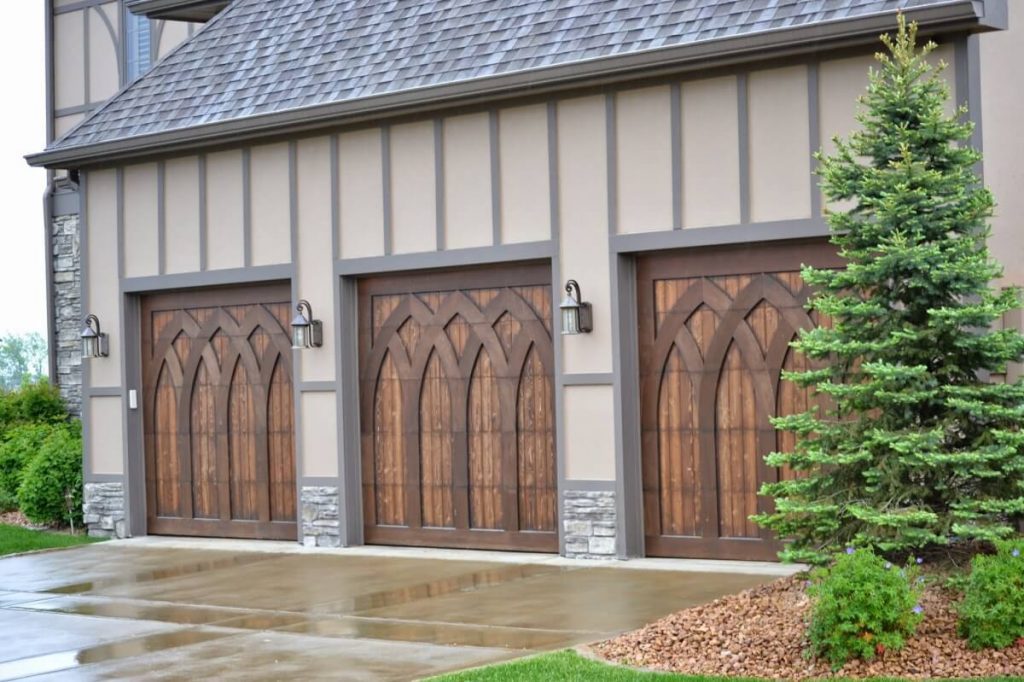
Any one of the 243,865 Las Vegas households know that living with a garage door means a lifetime of benefits. It generally makes life a whole lot more convenient. Its all-demanding presence, however, requires much more than we are willing, or able, to provide. Frankly, the garage door is a beast, and a dangerous one at that given the fact that it weighs 300 pounds – if not more.
To the average homeowner, who opens and closes their door four times a day, everything may look fine. Unfortunately, that is simply not the case for the vast majority of homeowners, as their garage door requires special attention quite frequently. Attention that is often not given, until something goes wrong, in a BIG way. There are no shortage of components that can malfunction.
One of the more common components to fail is that of the garage door springs, which act to counterbalance the door, and hold it in place. These springs die some time during their 10,000th operation. 10,000 cycles is the industry standard. Extended life, or high-cycle, springs may last four times as long. Replacement frequency of your garage door springs is determined by your daily usage. So if…
- You use your door 2 times, expect them to wear out every 14 years.
- You use your door 4 times, expect them to wear out every 7 years.
- You use your door 6 times, expect them to wear out every 5 years.
- You use your door 8 times, expect them to wear out every 3 years.
There are two types of garage door springs: The torsion springs, which are located above the door, can be installed either singly or in pairs depending on the door’s weight. Extension springs, installed in pairs, are located on each side of the door’s tracks. When you need to replace your broken garage door springs, make sure that you contact a garage door repair professional with years of experience, to ensure proper installation.
The replacement of broken garage door springs is a complex task. One that requires a great deal of expertise. Garage door springs should never be replaced by individuals who are not properly trained to perform this task. Without the proper expertise, property can be damaged or scarier still, you or your loved ones can suffer a personal injury. Replacing it yourself is simply not worth that risk! Always contact a professional.
Additionally speaking, continuing to operate your door with broken garage door springs is very dangerous, as nothing is supporting the door’s weight. For this reason, it is highly recommended that you err on the side of caution, and unplug the opener from its power source. It is always better to be safe than sorry. Here are some common signs that one or both of your springs are broken:
- The garage door does not open or close in response to the opener.
- The door unexpectedly stops during operation.
- The door appears crooked.
- There is a visible separation in the spring.
One final note: Even if only one spring, regardless of type, is broken both should be replaced at the same time. This will ensure balanced tension. It will also save you money in the long run, especially when you consider the fact that the two springs were likely installed at the same time. If this is the case, than this means that they have approximately the same lifespan, and the other could break at any moment.





